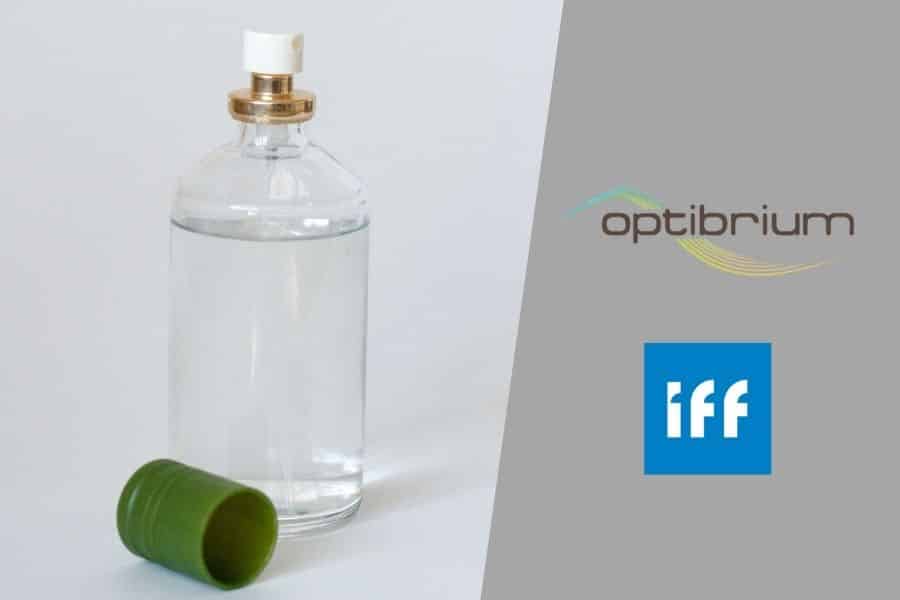Published paper with Optibrium and IFF
“We were impressed by the outcomes of the collaboration. Not just because it is the first approach that offers meaningful overall predictive power, but because its reliable uncertainty estimates give us the confidence to make critical project decisions based on computational methods.”
Dmitriy Chekmarev, Senior Research Investigator at IFF
Nov 2021. Now published in the Journal of Computer-Aided Molecular Design – Alchemite™ machine learning applied to the sensory properties of chemical compounds.

Key outcomes
- Successfully predicted the sensory properties of compounds using sparse physicochemical and sensory data
- Demonstrated higher accuracy than conventional QSAR methods or an alternative neural network approach
- Could identify ‘activity cliffs’, where small changes in compound structure drive large property changes
- Provided guidance enabling better compound selection, saving costly experimental time and resources
Summary
Predicting the sensory properties of compounds is challenging due to the subjective nature of the experimental measurements. This testing relies on a panel of human participants and is therefore also expensive and time-consuming. Scientists from Intellegens, Optibrium, and IFF applied the state-of-the-art deep learning method, Alchemite™, to the imputation of sparse physicochemical and sensory data, comparing the results with conventional quantitative structure-activity relationship methods and a multi-target graph convolutional neural network.
The imputation model achieved a substantially higher accuracy of prediction, with improvements in the R^2 measure of accuracy of between 0.26 and 0.45 over the next best method for each sensory property. Robust uncertainty estimates generated by the imputation model enabled the most accurate predictions to be identified. Imputation also more accurately predicted activity cliffs, where small changes in compound structure result in large changes in sensory properties. In combination, these results demonstrate that the use of imputation, based on data from less expensive, early experiments, enables better selection of compounds for more costly studies, saving experimental time and resources.
Publication details
Published in: Journal of Computer-Aided Molecular Design
Title: Imputation of Sensory Properties Using Deep Learning
DOI: https://doi.org/10.1007/s10822-021-00424-3
Authors: Samar Mahmoud†, Benedict Irwin†, Dmitriy Chekmarev*, Shyam Vyas*, Jeff Kattas*, Thomas Whitehead§, Tamsin Mansley†, Jack Bikker*, Gareth Conduit§‡, Matthew Segall†
† = Optibrium
* = IFF
§ = Intellegens

